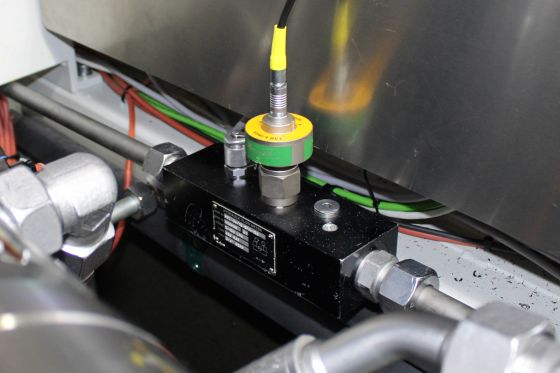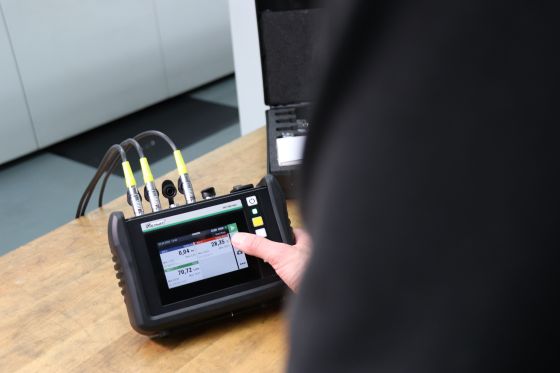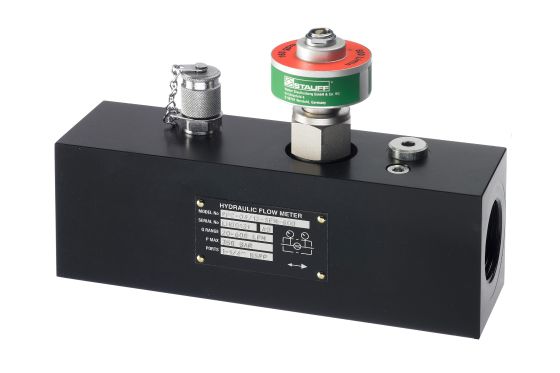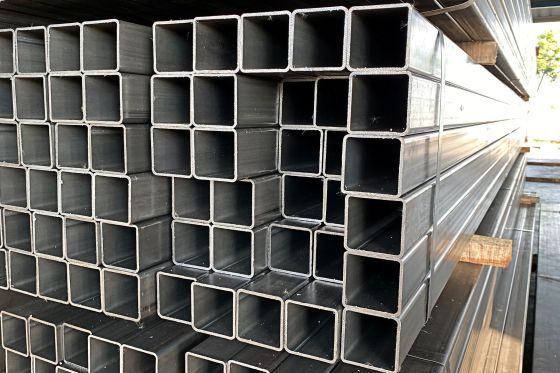What is the flow rate - and why is it so important?
The flow rate is the amount of hydraulic fluid that flows through a line or component in a given time - measured in litres per minute (l/min). It is one of the key variables in any hydraulic system as it can be directly linked to the performance of pumps, valves and actuators.
A stable and sufficient flow rate ensures that cylinders extend and retract and that the desired work is carried out. If the flow rate drops even though the system pressure remains constant, this may indicate wear, blocked lines or components or leaks.
Typical applications of flow measurement
Flow measurements are carried out for various reasons:
Maintenance and servicing: checking pump performance, detecting wear
Commissioning of new systems: comparison of actual and target values
Troubleshooting during operation: localising power losses or blocked cables
Leakage control: Detection of internal losses in cylinders or motors
System optimisation: Adjustment of volume flow limiting valves or variable displacement pumps
Methods of flow measurement
There are various ways to measure the volumetric flow, depending on the requirements and system design:
Temporary measurement with mobile flowmeters
Stationary measurement with permanently installed sensors and data acquisition
Direct measurement via flow sensors
Indirect methods via pressure and temperature changes (less accurate)
The choice of method depends on factors such as accuracy, measurement duration and ambient conditions.
STAUFF solutions for flow measurement
At STAUFF, we offer the right measuring technology for every requirement with our flow measurement turbines for hydraulic hand-held measuring devices.
The measuring turbines convert the volume flow into an electrical signal, which is transmitted to a hand-held measuring device in digital or analogue form via a cable. These signals can be conveniently recorded in the hand-held measuring device and flow curves can be generated. We offer different flow turbines that deliver accurate measurement results to match the flow rate range.
Tips from the field
Our STAUFF experts have put together a few tips for you to ensure that nothing goes wrong with your next measurement:
Measurement under load: Reliable values can only be determined under real operating conditions.
Take temperature into account: Viscosity influences the volume flow - therefore also measure the temperature.
Note the sensor position: Ideally, the volume flow should be measured directly downstream of the pump or upstream of the valve block.
Conclusion: Flow measurement brings transparency to the system
A constant flow rate is a prerequisite for the performance of hydraulic systems. With the right measurement technology, malfunctions can be detected at an early stage, maintenance intervals optimised and system efficiency increased. STAUFF components offer a practical, reliable tool for this - whether mobile or stationary.
FAQs
How do I measure the flow rate correctly?
What is the difference between flow rate and pressure?
Pressure is the force in the system, flow rate is the amount of liquid pumped. Both are independent, but equally important.
Can I also permanently monitor the flow rate with STAUFF flow turbines?
Yes, flow turbines from STAUFF can also be installed in a stationary position in order to measure the flow rate permanently.
How often should the flow rate be checked?
Regularly as part of maintenance or in the event of anomalies in system behaviour.

Newsletter registration
Register now and don't miss any new posts!







